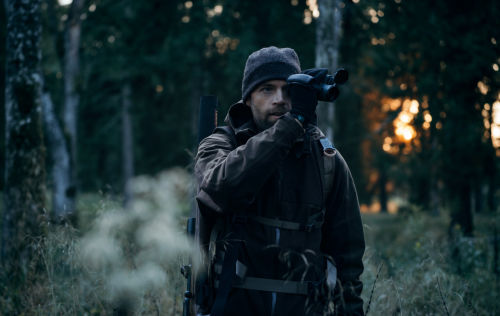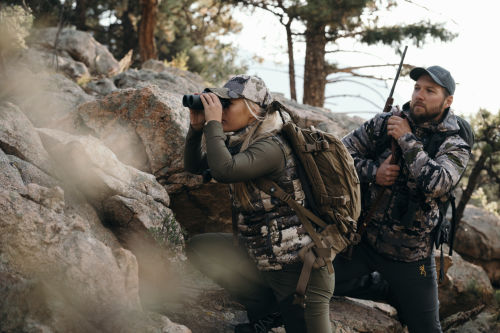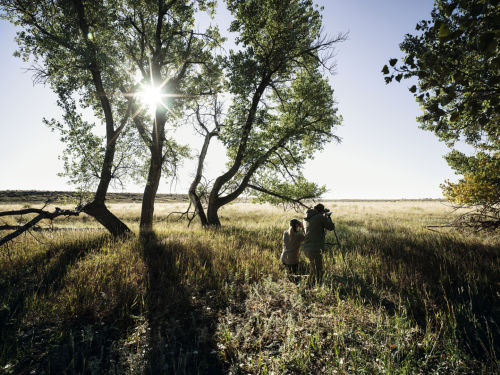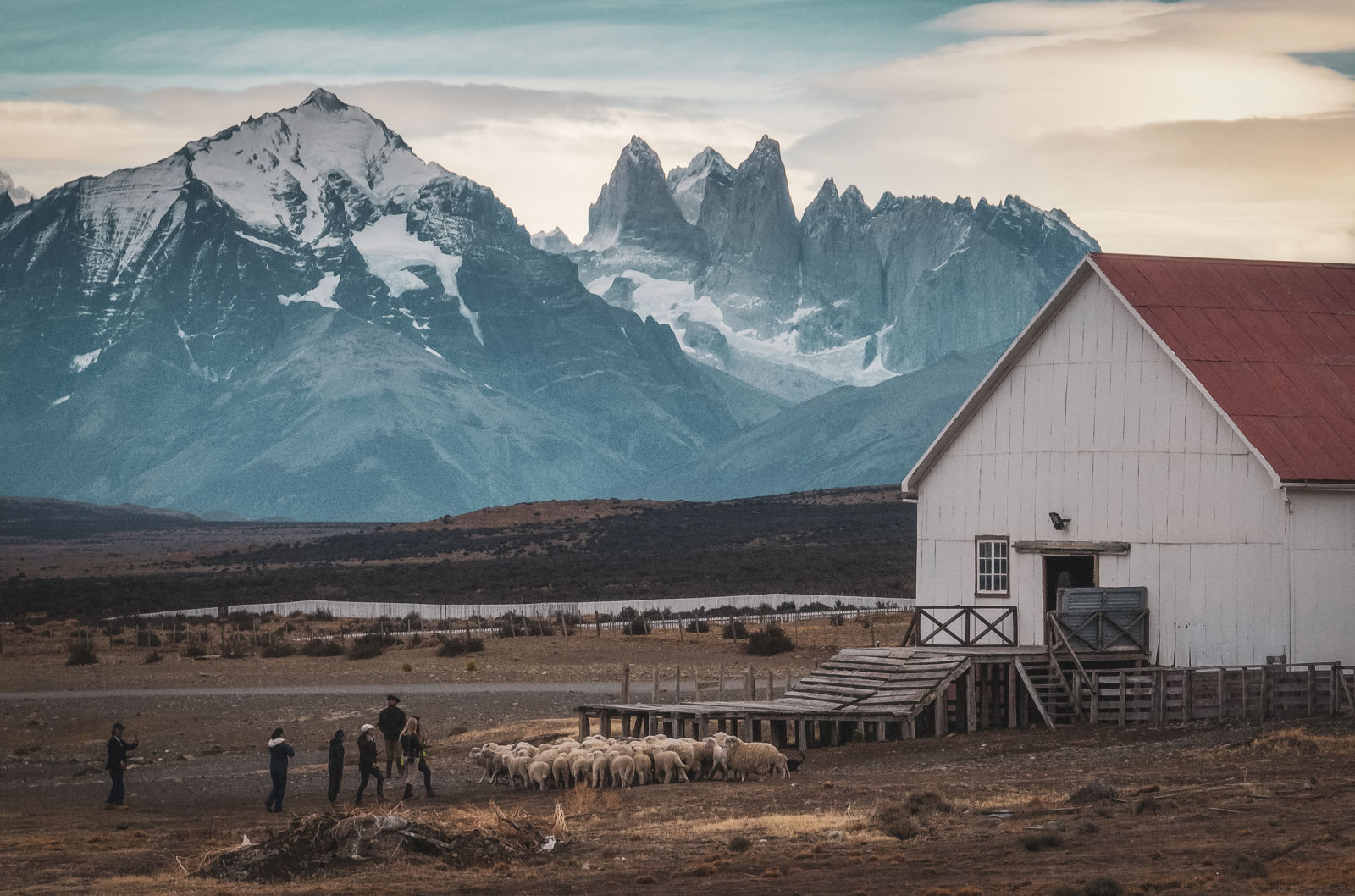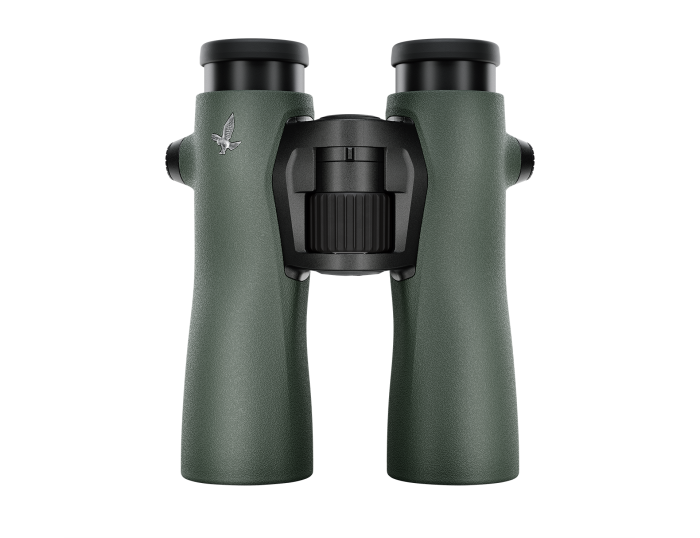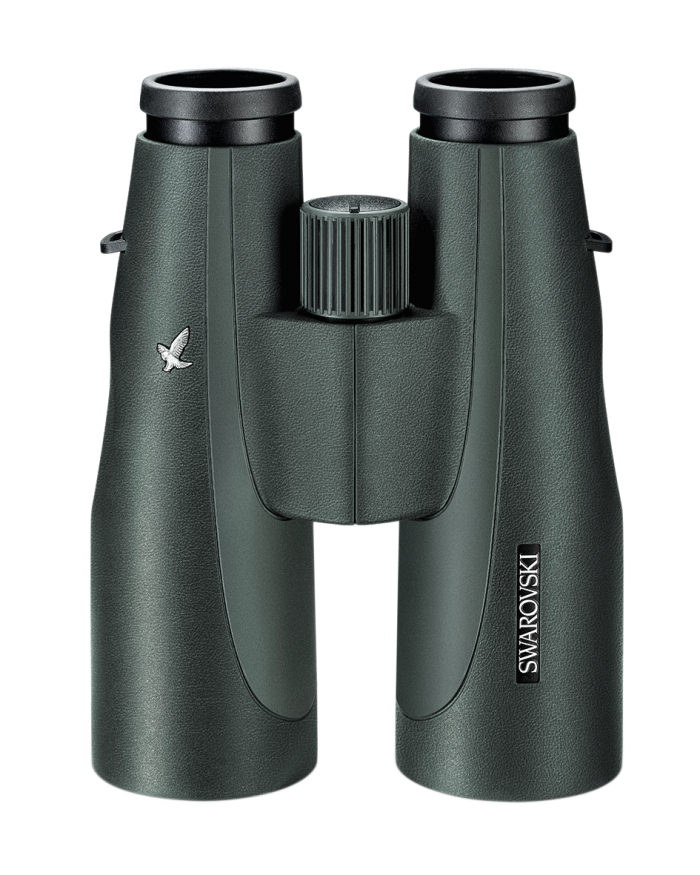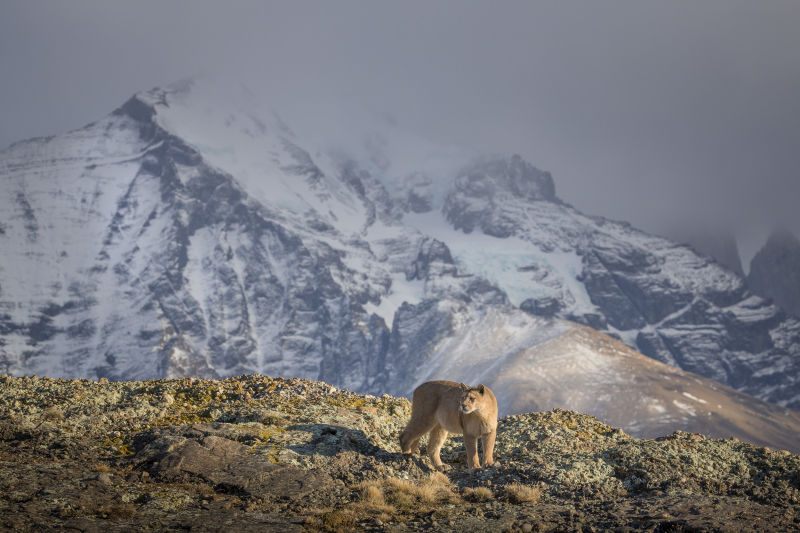Is livestock farming always a threat to wildlife? Can predators and their natural prey coexist with farm animals in the same space? Are there ways to rear sheep and cattle in a place where wild pumas live and hunt?
“Yes, there are”, said the team of the Estancia Cerro Guido in Southern Chile at the beginning of 2019. Their ambitious goal: to make livestock farming compatible with the conservation of biodiversity in one of the planet’s most inhospitable regions, and the southernmost limit of puma populations.
Why do pumas need protection in South Chile?
Historically, there has been a conflict between wildlife and livestock. Competition between livestock and local guanaco populations emerged. Thus, people started to hunt the guanacos, camelids that are closely related to the llama. As a consequence, wild pumas found fewer natural food sources and began to prey on domestic livestock. Alas, a conflict arose that continues to this day.

Pumas - predators threatening livestock farming?
Over the years, the Estancia grew and occupied wild areas inhabited by the puma, which intensified the problem. In its beginnings, a single Estancia could lose 10% of its annual production. In retaliation, pumas began to be hunted down. In the 1920s, records from a single Estancia show that 84 pumas were killed in one year.

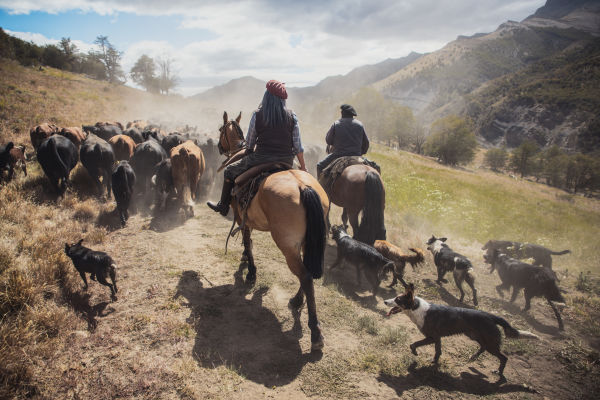
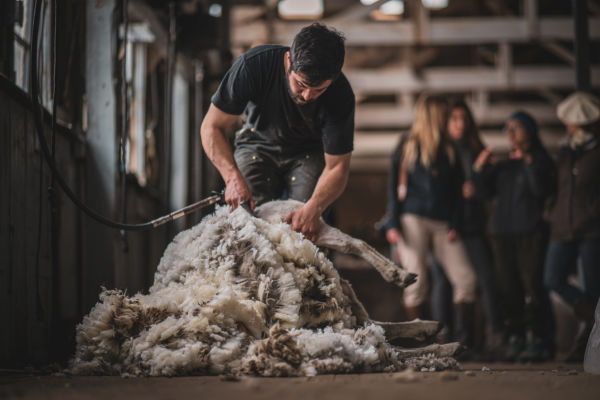
Despite being legally protected in Chile, the puma continues to be persecuted and hunted. This is a reality that occurs not only in Patagonia but also in almost every puma habitat around the world.
Coexistence between livestock and wildlife – but how?
At the beginning of 2019, the Cerro Guido team founded the "puma project". The main objective of this project was to conserve wildlife by maintaining livestock farming and customs in the area, seeking coexistence between farm animals and wild animals.


1.
Find out where the animals are
During the first year, the efforts were focused on learning more about the distribution and the use of space by the puma and other species within the Estancia. Camera traps and sightings helped identify a total of 32 puma individuals within the monitored sectors.
In mid-2019, the puma project was transformed into the Estancia Cerro Guido conservation department, which seeks to consolidate three aspects: ranching, tourism, and conservation.
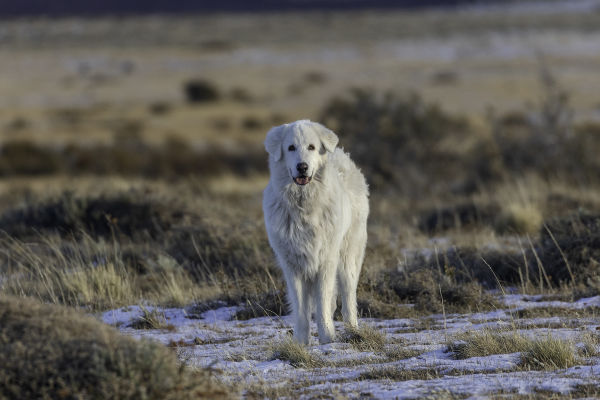
2.
Protect livestock with dogs and deterrent lights
In collaboration with the Estancia's livestock team, the first steps were taken towards livestock management. Measures were implemented to minimize puma predation on sheep, such as working with livestock protection dogs.

3.
Check the effectiveness of the implemented measures
Then, in 2020, puma research was consolidated through constant field monitoring and the use of camera traps. Furthermore, the Estancia forged a collaborative alliance with Panthera, a foundation devoted to the conservation of wild cats and their ecosystems. Their expertise helped to advance scientific research to determine the best ways to protect the puma on the Estancia.
An experiment was designed that seeks to evaluate the effectiveness of the two main measures to reduce attacks on livestock implemented today: livestock protection dogs and deterrent lights.
Collaboration with Panthera Foundation
In 2021, the Cerro Guido Conservation Foundation started a collaboration with the NGO Panthera, an international organization dedicated to the conservation of wild cats worldwide. The main objective of this collaboration is to implement scientific research related to the biology, ecology, and conservation of the puma, seeking to integrate strategies towards the coexistence between livestock activity and the conservation of healthy puma populations at Estancia Cerro Guido.

4.
Engage the public
During 2020, the Estancia’s tourism team created a new excursion called “Conservation Safari”, where guests accompany professional trackers dedicated to studying the pumas living on the Estancia to the field.
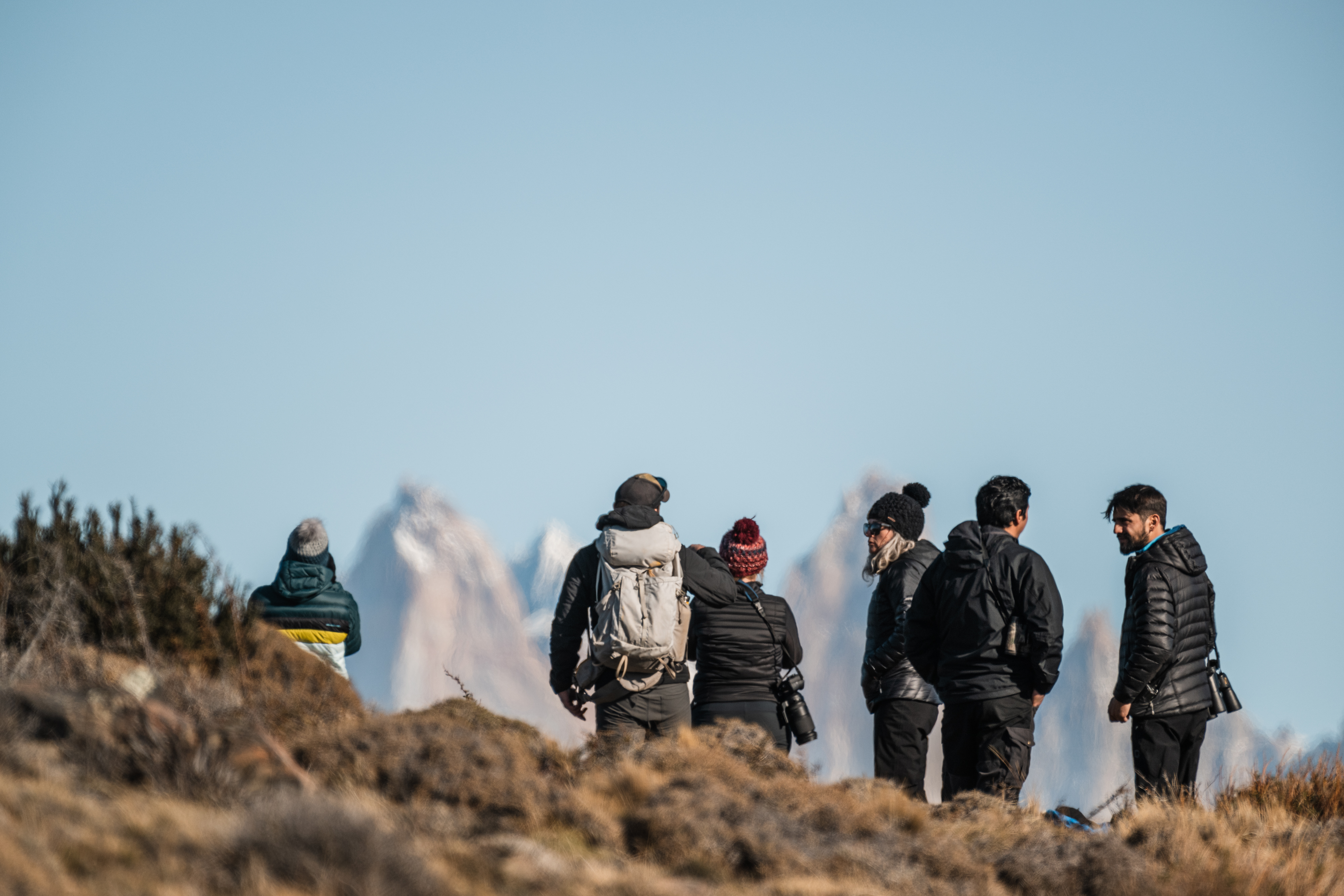
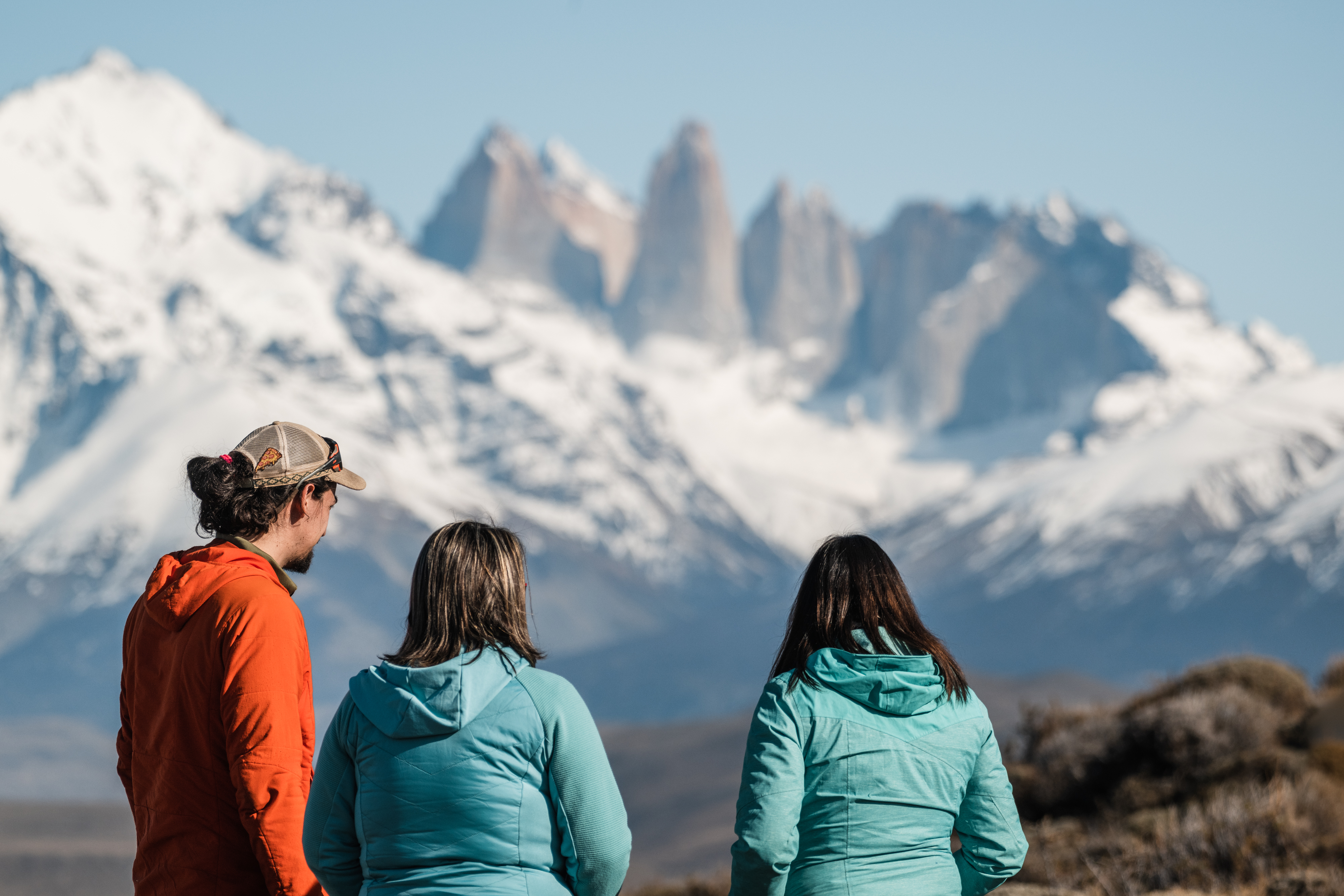
From the “puma project” to the Cerro Guido Conservation Foundation
At that point, it became clear that the "puma project" needed to evolve into something bigger and officially became a foundation, so that it may not only cover the conservation of the puma, but also the entire natural and cultural heritage.
Thus, in January 2022, the Cerro Guido Conservation Foundation (abbreviated FCGC from the Spanish Fundación Cerro Guido Conservación) was established. The FCGC’s main objective is to create a harmonious coexistence of flora, fauna, and livestock. Its mission is crucial to sustain the ecosystem and prevent damages on the environment.

SWAROVSKI OPTIK has been supporting the project since 2022, providing binoculars for rangers and trackers to safely monitor pumas without disturbing them.

About the author:
Pia Vergara
Pia Vergara has always felt as a part of nature. From the very first time she set foot in Patagonia, she was profoundly captivated by its beauty and essence. So, she never stopped going there. Pia works as the FCGC’s Executive Director. In this position, she spends a lot of time outdoors and helps to bring humanity closer to nature at the same time. For her, it is a dream come true. Also through her photography, Pia strives to protect the species that live in Patagonia.

About
Estancia Cerro Guido
Estancia Cerro Guido is a farm and hotel complex located in the Chilean Patagonia, more specifically in the commune of Torres del Paine, 105 kilometers north of the town of Puerto Natales. With nearly 100,000 hectares, it is the largest farm complex in the region of Última Esperanza, and is nestled comfortably between the Torres del Paine National Park to the West, the Sierra Baguales mountain range to the North, and Argentina to the East. Cerro Guido was founded towards the end of the 19th century. Today, it is dedicated to tourism, as well as sheep and cattle farming, while also supporting species conservation, in other words: puma protection. It offers diverse excursions roaming the Patagonian pampa. Its team created the Cerro Guido Conservation Foundation which actively engages in wildlife conservation aiming at a peaceful coexistence between livestock and pumas.

About the FCGC
Cerro Guido Conservation Foundation
It started out as a humble puma monitoring project in 2019, trying to reconcile livestock farming with healthy wild puma populations. Today, the Cerro Guido Conservation Foundation (abbreviated FCGC from the Spanish Fundación Cerro Guido Conservación) strives to create a harmonious coexistence of flora, fauna, and livestock. The FCGC’s aim is to preserve the natural and cultural heritage, safeguarding the legacy for future generations and humanity.
